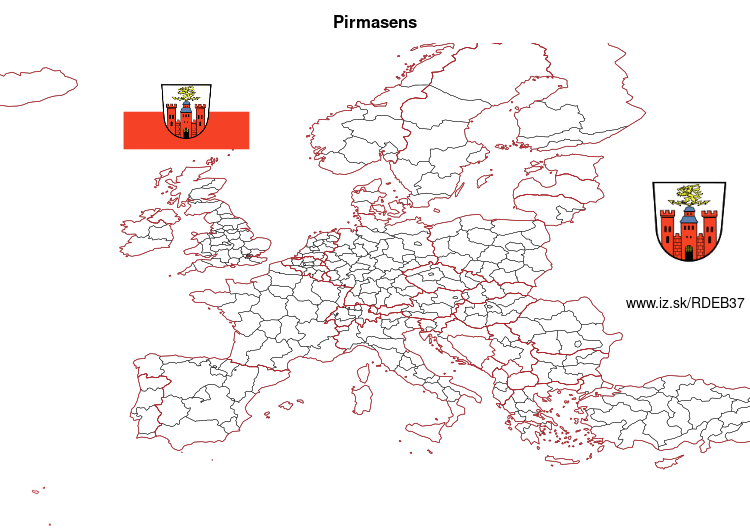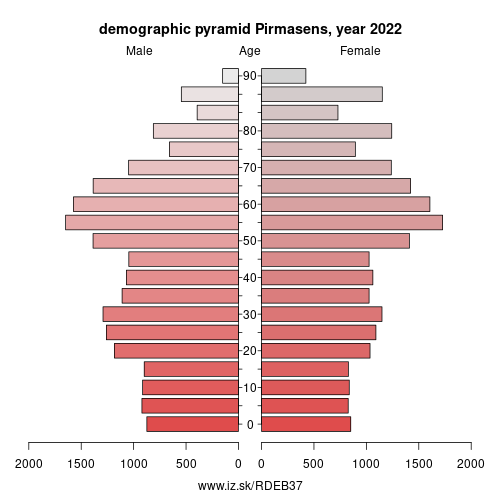- About us»
- Net income calculator»
- Population aging»
-
- Least developed regions»
-
- Average wage
- Material need benefits
- Meal allowance
- Counties of Slovakia
- Inflation
- Living and Subsistence Minimum
- Unemployment of Czechia and Slovakia
- NACE Classification
-
- Life expectancy
- Gender differences
- Youth unemployment and NEET
- Minimum wage in EU
- Unemployment rates of different age groups
- Share of salaries on GDP
- Unemployment rate
- Long term unemployment
- Percentage of employees ususally working at nights
- NEET
- Employment rate
-
- Bratislava and surroundings
- Kopanice
- Danube river
- lower Vah river
- middle Vár river
- upper Nitra river
- lower Nitra river
- Mining cities
- Kysuce a Orava
- upper Vah river - Liptov
- Spiš cities
- upper Hron river
- Juhoslovenská kotlina
- Košice fold and Torysa river
- upper Zemplín
- lower Zemplín
- EU regions
- NUTS3 regions of Slovakia
- LAU1 dataset
-
- Projects and activities
- Inclusive growth»
- Good work
- Project SKRS
- Social system – reality and vision
-
- Education of unemployed
- Young unemployed not taking part in education
- Proposal to change the system of education funding
- Library
- News»
- Contact
Pirmasens – DEB37
EU regions: Germany > Rhineland-Palatinate > Rheinhessen-Pfalz > Pirmasens

| Indicator | Period | Value |
|---|---|---|
| Gross domestic product | ||
| GDP per capita in PPS of EU average | 2022 | 103 |
More on wikipedia wikidata Q14849 on OpenStreetMap Pirmasens slovensky: DEB37
Demographics
| Indicator | Period | Value |
|---|---|---|
| Demographics | ||
| number of inhabitants | 2024 | 39 576 |
| population density | 2023 | 646.7 |
| old-age dependency ratio | 2024 | 41.4 |

From Wikipedia: Pirmasens is an independent town in Rhineland-Palatinate, Germany, near the border with France. It was famous for the manufacture of shoes. The surrounding rural district was called Landkreis Pirmasens from 1818 until 1997, when it was renamed to Südwestpfalz.
Pirmasens can be easily mistaken with Primasens, of which means a first sense in Latin-derived languages (First sense in Latin would be „primus sensus").
History
Early years
The first mention of „Pirminiseusna“, a colony of Hornbach Abbey, dates from 860. The name derives from St. Pirminius, the founder of the cloister. During the period it was under rule of the Bishopric of Metz. Homepage of the Protestant church communities and Brenschelbach Hornbach: The history of the monastery of Hornbach</ref> It was passed to Diocese of Speyer in last quarter of 11th century before capturing by County of Saarbrücken in 1100.
In 1182, the County of Saarbrücken was divided by Simon II and Henry I, who were sons of Simon I. Pirmasens was given to the latter and Henry I's dominion was named as County of Zweibrücken.
Other: Rheinhessen-Pfalz, Ludwigshafen, Kaiserslautern, Mainz, Neustadt an der Weinstraße, Pirmasens, Speyer, Worms, Zweibrücken, Bad Dürkheim, Donnersbergkreis, Germersheim, Kaiserslautern, Südliche Weinstraße, Südwestpfalz, Kusel, Frankenthal, Rhein-Pfalz, Alzey-Worms district, Landau in der Pfalz, Mainz-Bingen district
Neighbours: Südwestpfalz
Suggested citation: Michal Páleník: Europe and its regions in numbers - Pirmasens – DEB37, IZ Bratislava, retrieved from: https://www.iz.sk/PDEB37, ISBN: 978-80-970204-9-1, DOI:10.5281/zenodo.10200164

 Share
Share Facebook
Facebook Twitter
Twitter News
News